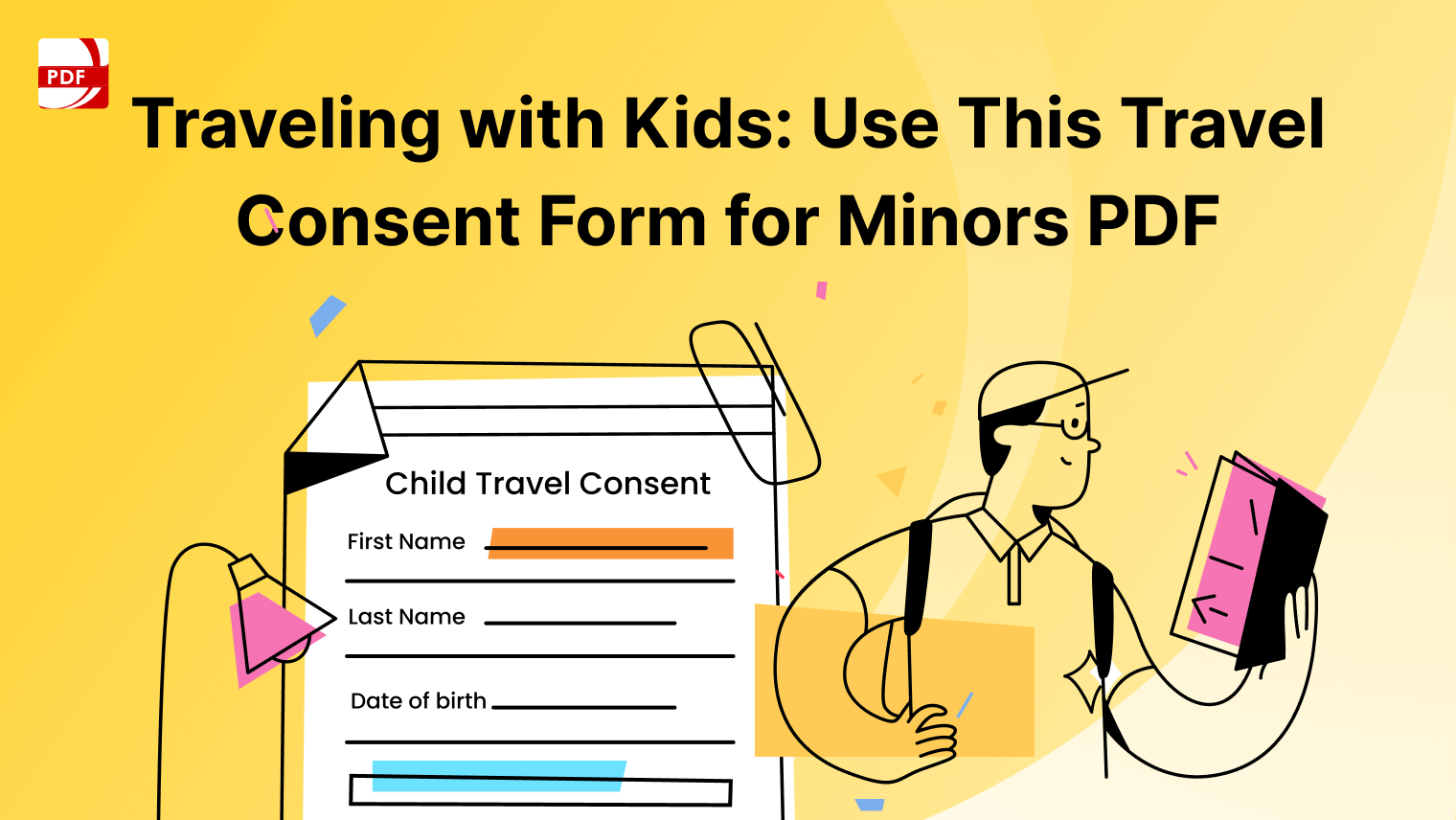A well-written cover letter can be the key that unlocks the door to your dream job.
But how do you craft one that stands out from the crowd and captures the attention of a potential employer? Let's dive in!
How to Write a Cover Letter
1. Understand the Job Descriptions
Before you even begin drafting your letter, thoroughly go through the job descriptions provided by the prospective employer. This will give you a clear understanding of the job requirements and what the company is looking for in an ideal candidate.
2. Start with a Strong Opening
The opening of your cover letter is crucial. It's your first chance to grab the attention of the hiring manager. Avoid generic cover letter openings; instead, tailor it to the specific job opportunity at hand.
How to write a modern cover letter #IkoKaziKE #Interviewtips #Coverletter #CVtips pic.twitter.com/S3tBbdrP2a
— Simons (@Simon_Ingari) October 27, 2023
3. Highlight Relevant Skills and Experience
Your cover letter should emphasize your relevant skills and professional experience that align with the job descriptions. Discuss your previous roles and how the transferable skills you've acquired make you a perfect fit. Whether it's communication skills, soft skills, or specific professional skills, make sure you mention them.
4. Use Real-life Examples
Instead of just listing your skills, provide examples from your professional experience that demonstrate how you've applied them in your current role or previous roles.
Explore our guide on how to use our Letter of Interest Example Template effectively.
5. Personalize for the Company
Show that you've done your homework. Reference the company culture, and explain why you're not just a fit for the role but also for the organization as a whole.
Creating a cover letter is tough.
— Arman (@ArmanSpeaks) November 1, 2023
But Ai can help you make it with ease.
Here are 7 ChatGPT prompts you can use for creating a solid cover letter.
⁃⁃⁃⁃⁃⁃⁃⁃⁃⁃⁃⁃⁃⁃⁃⁃⁃⁃⁃⁃⁃
1. Custom Cover Letter Based on Your
Resume and Job Description:
Act as a custom… pic.twitter.com/GzWfiWjyR5
6. Avoid a Generic Template
While it might be tempting to use a generic cover letter template, it's always better to write your letter from scratch.
This shows the potential employer that you've put thought and effort into your application. However, if you're pressed for time, a professional cover letter template can serve as a good starting point.

7. Provide Your Contact Details
Ensure that your email address and other contact details are clearly mentioned. This makes it easy for the potential employer to get in touch with you.
8. Conclude with a Compelling Closing Paragraph
Your closing paragraph should reiterate your enthusiasm for the job opportunity and provide a call to action, prompting the employer to review your resume and invite you for an interview.
Juice's top tips for writing a cover letter...
— Juice Recruitment (@JuiceRecruit) November 2, 2023
Watch our video to find out more....
For support with your job search, contact Juice today!
#toptips #tips #recruitment #hiring #advice #bristol #bath #cheltenham #partnerwithus #yourcareer #career #startyourcareer #coverletter pic.twitter.com/DIHdPLNYDE
9. Proofread and Keep It Concise
Ensure your cover letter content is free from grammatical errors and is concise. An effective cover letter is usually one page long, so make every word count.
10. Use Tools and Resources
If you're unsure about your cover letter's quality, consider using tools like a cover letter builder or refer to sample cover letter examples.
These resources can provide guidance and inspiration.
Explore our tips on how to write an effective letter of recommendation.
How to Write an Internal Position Cover Letter
When considering an internal job application, the approach differs notably from external applications. It's not just about showcasing qualifications but also about understanding the organizational dynamics. PDF Reader Pro offers a tool that might be of interest: the "Cover Letter For Internal Position PDF Template".
Here's what sets this template apart:
-
Designed for Internal Shifts: This isn't your standard cover letter template. It's tailored for those looking to transition within the same company, emphasizing both past contributions and future aspirations.
-
Streamlined Design: The template is designed to be clean and straightforward, ensuring your content remains the focal point.
-
User-friendly Editing: The template is editable within PDF Reader Pro, offering flexibility to adjust and personalize as needed.
-
Integrated Features: Beyond the template, PDF Reader Pro provides functionalities like digital signing and easy sharing, simplifying the application process.
-
Data Safety: For those concerned about document security, PDF Reader Pro prioritizes data protection.
For those exploring internal job opportunities and seeking a relevant cover letter template, PDF Reader Pro's offering might be worth a look.
Explore our resource on the Letter of Interest for Promotion PDF Template to enhance your career advancement efforts.
How to Write a Cover Letter: Best Practices
Crafting a solid cover letter is a crucial step in the job application process. It's your chance to introduce yourself, showcase your skills, and make a memorable impression on a future employer. Here are some best practices to help you draft successful cover letters that stand out:
-
Understand the Types of Cover Letters: There are various types of cover letters, such as the application letter, email cover letter, and formal cover letter. Choose the type that best fits your situation and the specific job you're applying for.
-
Start with a Strong Heading: Your cover letter heading should include your contact details, the date, and the company address. It's essential to address the letter to a real person, so research the company contact or the hiring manager's name if it's not provided in the job listing.
-
Keep Your Cover Letter Concise: While it's tempting to share every detail of your previous experience, it's best to keep your cover letter content focused and concise. Stick to relevant accomplishments, and use action verbs to describe your contributions. For instance, if you're applying for an editorial position, highlight your achievements in digital marketing or content creation.
-
Personalize for the Company: Tailor your cover letter for the specific job and company. Mention how your skills align with the company's values and needs. If you're transitioning from a current employer, it's helpful to highlight how your previous experience will benefit the future employer.
-
Use Cover Letter Samples: If you're unsure where to start, look at examples of cover letters from your industry. These samples can offer structure and inspiration. However, ensure your letter remains authentic to your experiences and voice.
-
Conclude with a Call to Action: As you wrap up your entire letter, express enthusiasm for the role and suggest a next step. This could be a request for an interview or a discussion about how you can contribute to the company's goals.
-
Proofread and Review: Before sending it off, thoroughly proofread your cover letter to catch any typos or grammatical errors. Consider asking a trusted colleague or mentor to review it for feedback.
Remember, the goal of a cover letter is to showcase who you are and how you can be an asset to the company.
By following these best practices, you'll be well on your way to creating a compelling introduction that resonates with potential employers.

For strategies on debt recovery communication, you can also check our resume resource on Collection Letter PDF Template.
How to Write a Cover Letter: FAQ
What is the importance of a cover letter in the recruitment process?
A cover letter plays a pivotal role in the recruitment process. It offers a more personalized introduction to the candidate, allowing them to showcase their qualifications and explain how they can be an asset to the company.
While a resume provides a summary of a candidate's experiences and skills, a cover letter presents an opportunity to explain the relevance of those experiences in the context of the target industry and specific job listing.
How should a cover letter be formatted?
The cover letter format should resemble a formal letter. Begin with your contact information and the employer's contact details, followed by a greeting.
The body of the letter should be structured with an opening, body paragraphs highlighting relevant experiences, and a formal closing. Ensure you use a legible cover letter font, maintain a consistent format, and keep it concise.
What should be included in the body of the cover letter?
The body paragraph(s) of the cover letter should elaborate on your qualifications, experiences, and skills that make you the perfect candidate for the position.
Highlight specific accomplishments or experiences relevant to the job listing. For instance, if you're applying for a customer service role, you might want to mention a time when you provided excellent customer service and the impact it had.
How do I close my cover letter?
The closing of your cover letter is essential. Opt for a formal closure, expressing gratitude for the consideration and expressing your eagerness to discuss further in an interview.
It's also a good place to include a call to action, such as requesting a follow-up or interview.
Is it necessary to have a different cover letter for each job application?
Absolutely. Given the diverse nature of the job market and the specific requirements of each job listing, it's crucial to tailor your cover letter to each application.
This customization demonstrates your genuine interest in the role and showcases how your experiences align with the company's needs.
Can I send my cover letter via email?
Yes, in today's digital age, many companies prefer receiving the job application letter and cover letter via email.
Ensure it's formatted properly, and if you're unsure, modern cover letter templates or ready-made cover letter templates can be a useful guide. Remember to keep the email's subject line relevant and professional.
What's the difference between a cover letter and an application cover letter?
While both documents serve to introduce the candidate, an application cover letter is specifically tailored to a particular job listing and its requirements.
In contrast, a general cover letter provides an overview of the candidate's qualifications and can be used for job hunting more broadly, without targeting a specific position.
Do I need a postscript in my cover letter?
While a cover letter postscript (P.S.) isn't mandatory, it can be a strategic way to draw attention to a crucial point or a unique selling proposition.
However, use it judiciously and ensure it adds value to your entire application.
Remember, a well-crafted cover letter can significantly enhance your chances in the competitive job market. Consider it a comprehensive guide to introducing yourself, and ensure each section, from the opening to the formal closing, effectively communicates your potential as the perfect candidate for the role.












 Free Download
Free Download  Free Download
Free Download 





 Support Chat
Support Chat